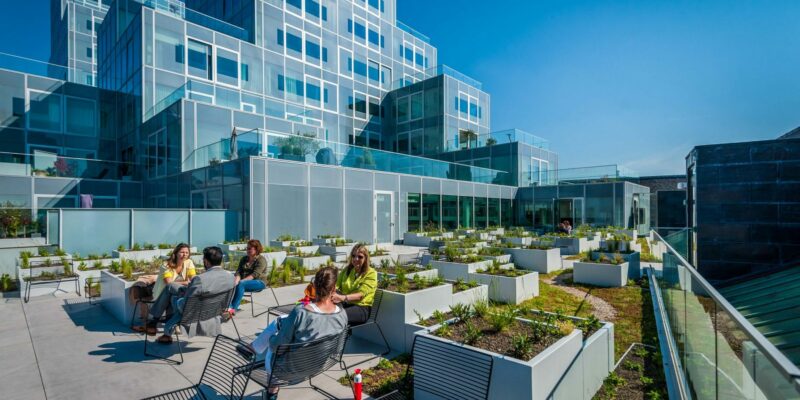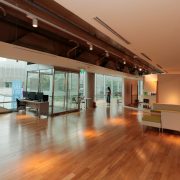As urban landscapes evolve, the demand for innovative and multifunctional building designs grows. One area of significant transformation is roofing, where adaptive solutions are becoming integral to modern architecture.
Adaptive roofing solutions offer multifunctional designs that not only protect buildings but also contribute to energy efficiency, sustainability, and aesthetic appeal. This article explores the various aspects and benefits of adaptive roofing solutions in contemporary construction.
The Concept of Adaptive Roofing
Adaptive roofing refers to roofing systems designed to perform multiple functions beyond traditional weather protection. These systems integrate advanced materials and technologies to address diverse needs, including energy conservation, environmental sustainability, and enhanced building aesthetics.
Energy Efficiency and Sustainability
Green Roofs: One of the most prominent examples of adaptive roofing is the green roof. Green roofs are covered with vegetation, providing natural insulation and reducing the urban heat island effect. They help regulate building temperatures, lowering heating and cooling costs. Additionally, green roofs absorb rainwater, reducing runoff and decreasing the load on urban drainage systems.
Solar Roofs: Solar roofing solutions, such as photovoltaic (PV) panels and solar shingles, convert sunlight into electricity. By harnessing solar energy, buildings can significantly reduce their reliance on fossil fuels, lowering their carbon footprint. Innovations in solar roofing have led to more aesthetically pleasing designs that seamlessly blend with traditional roofing materials.
Cool Roofs: Cool roofs are designed with materials that reflect more sunlight and absorb less heat. These roofs keep buildings cooler, reducing the need for air conditioning and subsequently lowering energy consumption. Cool roofing materials can be applied to various types of roofs, making them versatile for different architectural styles.
Enhancing Building Functionality
Living Roofs: Beyond green roofs, living roofs take the concept further by incorporating spaces for urban agriculture or recreational areas. These roofs can support small gardens, providing fresh produce for building occupants and contributing to urban biodiversity. They also offer recreational spaces, enhancing the quality of life in dense urban areas.
Modular Roofing Systems: Modular roofing systems are designed to adapt to changing needs over time. These systems can include interchangeable panels that serve different purposes, such as solar panels, skylights, or ventilation units. The modular approach allows buildings to evolve with technological advancements and changing occupant requirements.
Smart Roofs: Integrating technology into roofing systems has given rise to smart roofs. These roofs use sensors and automation to manage energy usage, detect leaks, and monitor structural integrity. Smart roofs can adjust their properties in response to environmental conditions, optimizing performance and extending the lifespan of the roofing materials.
Aesthetic and Architectural Integration
Adaptive roofing solutions are not just functional but also contribute to the aesthetic value of modern buildings. Architectural trends increasingly favor roofs that blend seamlessly with the overall design, creating cohesive and visually appealing structures.
Innovative Materials: Advances in materials science have led to the development of roofing materials that offer both functionality and beauty. Examples include translucent materials for natural lighting, and high-performance composites that mimic traditional roofing while providing superior durability.
Architectural Flexibility: Adaptive roofing designs offer flexibility in architectural expression. Curved roofs, cantilevered structures, and other unique designs are made possible through the use of lightweight and adaptable materials. This flexibility allows architects to explore creative solutions that were previously unattainable with conventional roofing.
Conclusion
Adaptive roofing solutions represent a significant shift in how we approach building design. By integrating multifunctional elements into roofing systems, modern buildings can achieve greater energy efficiency, sustainability, and aesthetic appeal.
From green and solar roofs to modular and smart systems, adaptive roofing is at the forefront of architectural innovation. As we continue to face environmental and urban challenges, these advanced roofing solutions offer a pathway to more resilient, efficient, and beautiful buildings.
Investing in adaptive roofing is not just about protecting structures from the elements; it’s about creating buildings that harmonize with their environment and serve the needs of their occupants in multifaceted ways.













Comments